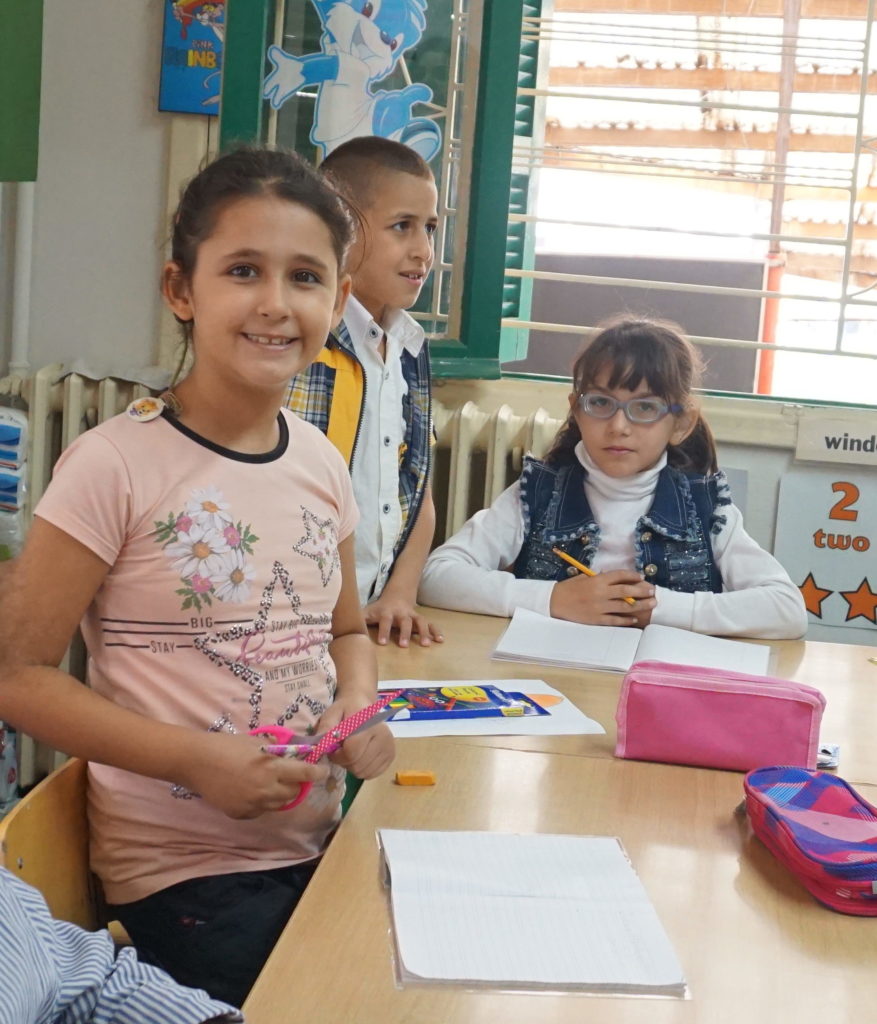Our Affiliated Project:
The Armenian Secondary School in Anjar, Lebanon
Renowned for its towering cedar trees, Lebanon boasts fertile valleys, snow-capped, ore-rich mountains, and — in a region where water is scarce — sixteen rivers that flow into the glistening Mediterranean Sea along Lebanon’s western coast. This small Middle Eastern country has an incredibly rich culture, evincing the influence of Greek, Roman, Arab, Ottoman Turk, and French culture. However, Lebanon’s wealth of diversity has also contributed to its turbulent history.
Lebanon continues to suffer repercussions of a history riddled with wars — both civil and international. Poverty, unemployment and the ever-present threat of war are tragic realities here. The picturesque town of Anjar is no exception to these maladies. Recognized as a World Heritage Site, Anjar is located near the Syrian border in the fertile Beqaa Valley, where much of the nation’s vegetables, grains and wine grapes are produced.
In the 1930’s an influx of Armenians (a minority ethnic group in Lebanon) fleeing Turkey settled here. To this day, an extensive portion of Anjar’s population is comprised of Armenian agricultural laborers who earn very little. For this reason, the Armenian Secondary School serves as a beacon of hope. Serving both boys and girls of this impoverished and marginalized population, the school contains an attached boarding home for students whose parents cannot afford to send them to school. In conjunction with Children Incorporated sponsorship, the Armenian Secondary School provides these deserving children with the opportunity, through a well-rounded education, to rise above the difficult socioeconomic circumstances from which they have come.



Serving a Marginalized Population in Lebanon